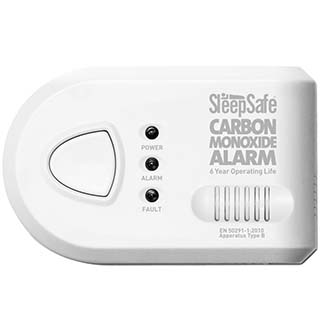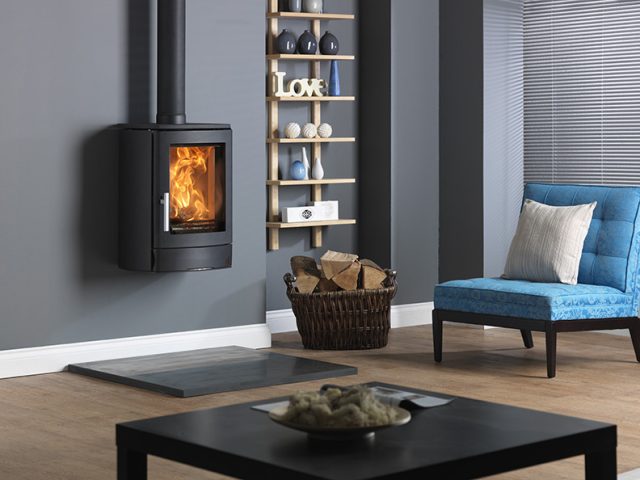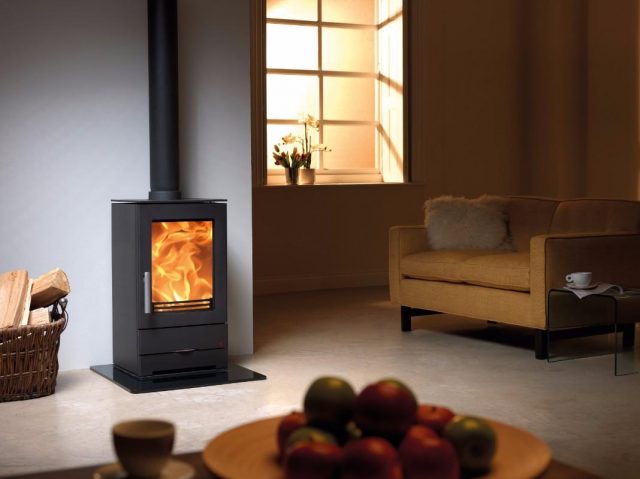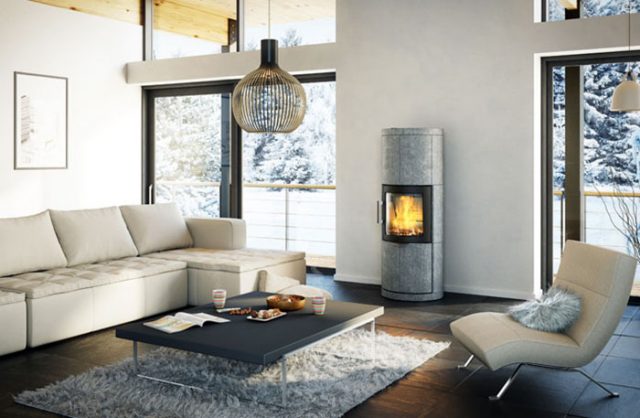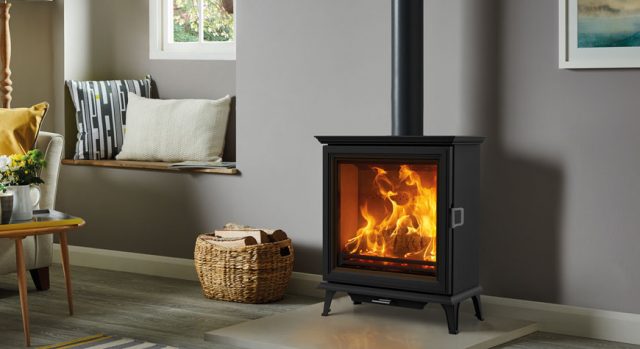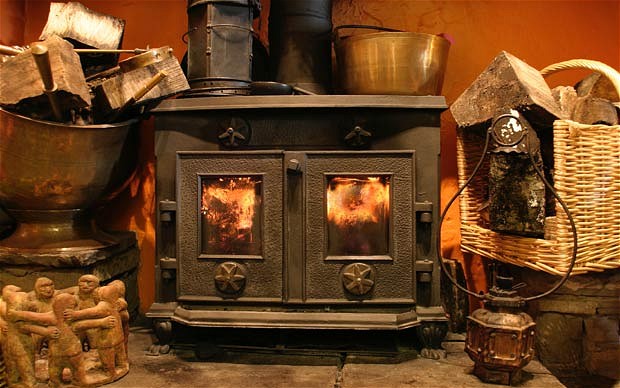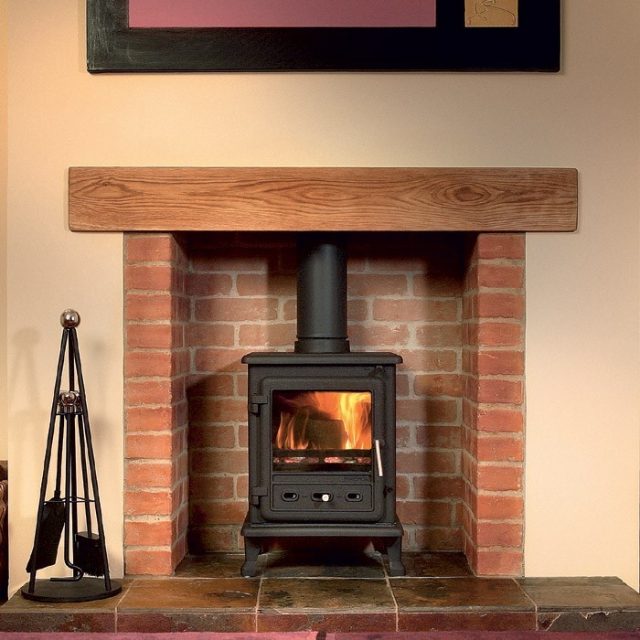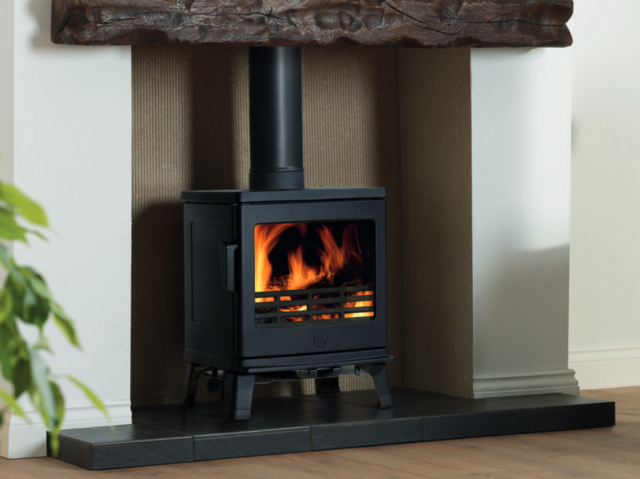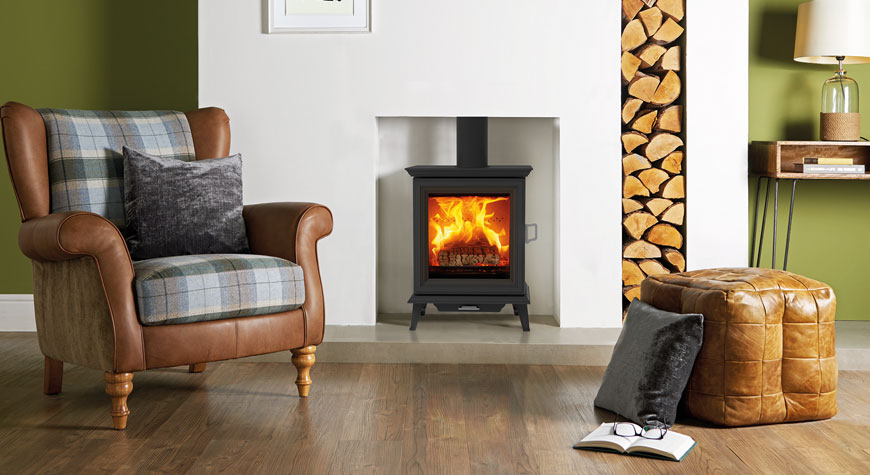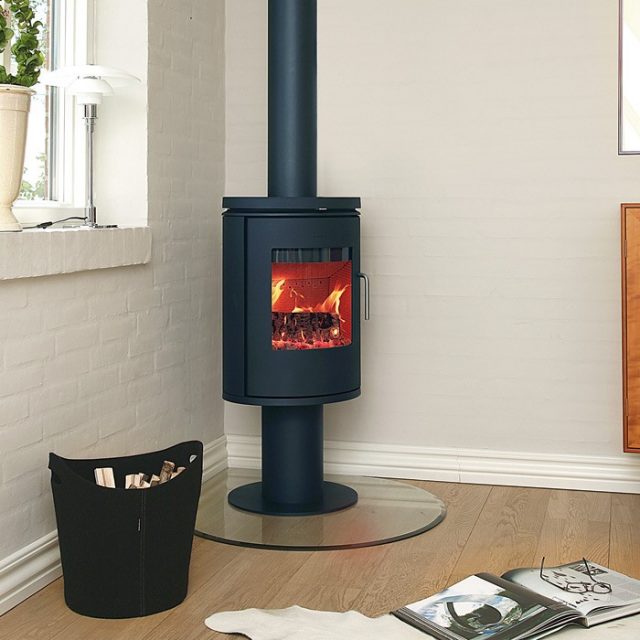The simple answer is yes, you can get carbon monoxide from a wood-burning stove. However, carbon monoxide poisoning is also possible with additional fuels such as gas, oil, solid minerals and biomass. Not just wood-burning and multifuel stoves. So, how can you protect yourself against carbon monoxide poisoning?

It is only faulty or badly maintained equipment which will put you at danger of carbon monoxide poisoning. Therefore, there are a number of actions you can take to protect yourself.
Installing your stove
In theory anyone can install a stove as long as it is signed off by the local authority building department. In practice many people choose to use an approved fitter who can install your stove without additional paperwork. Initially, this is the best way to protect you from faulty/badly installed stoves.

